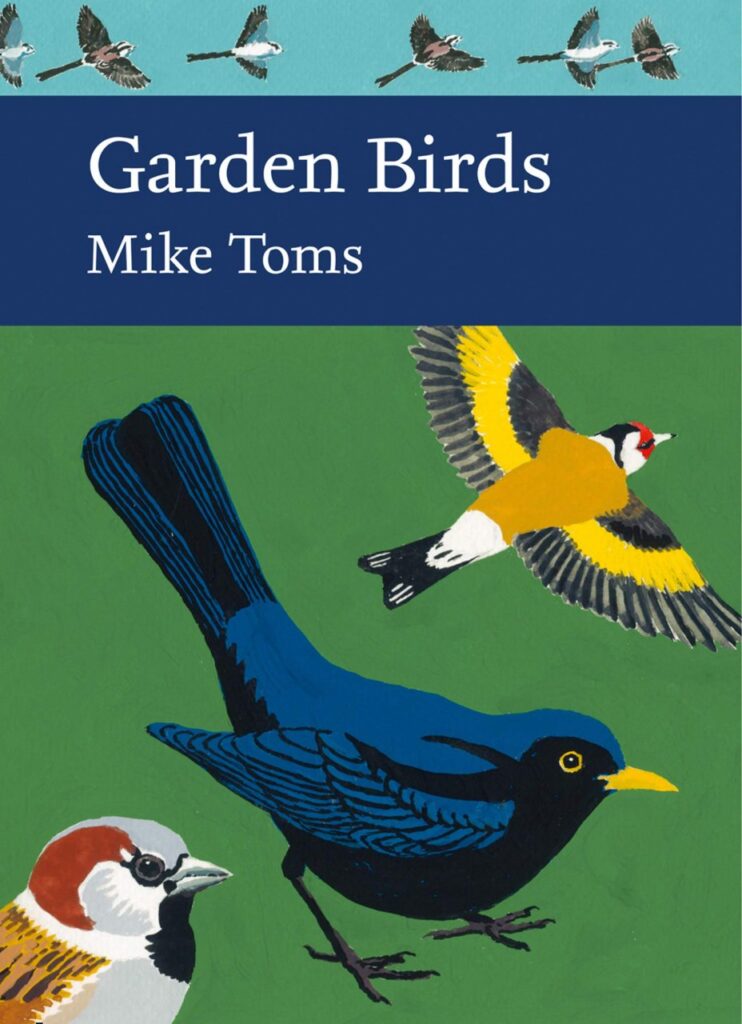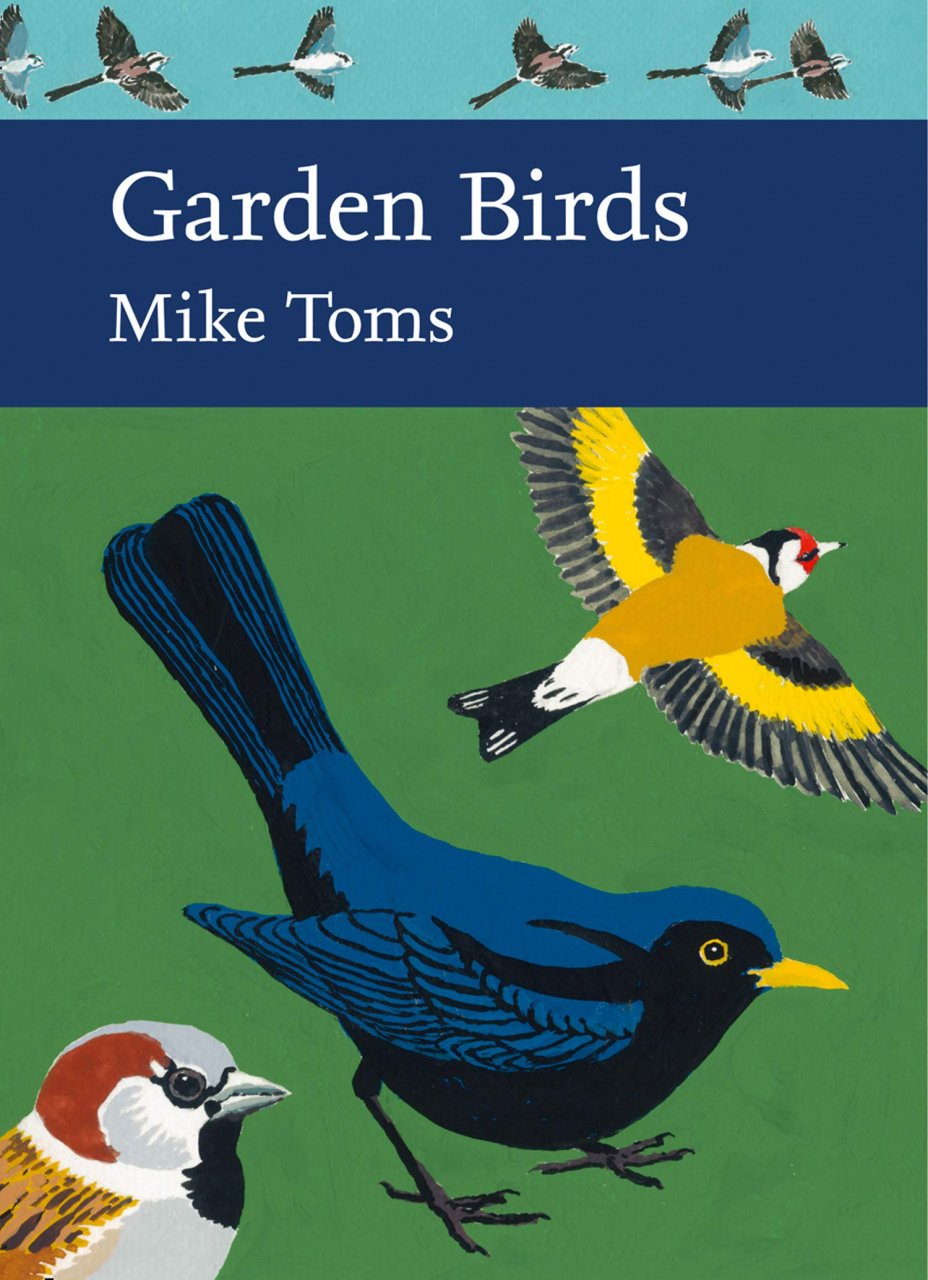View this book on the NHBS website
The New Naturalist series has covered a wide range of topics in its 75 years of existence, from the lives of early humans to plant disease via accounts of different UK regions. Only once before has it tackled gardens, and the bird content of that volume was minimal. It is therefore good to see birds in gardens taking centre stage for the first time. Gardens are important for many species of bird: around 87% of UK households have some form of garden and when combined these total 4,300km2, nearly three times the area managed by the RSPB. Of even greater importance, these gardens are often in places where they provide the only habitat in which birds can nest. Having overseen the BTO’s garden surveys for more than a decade, Mike Toms is perfectly placed to pull together all that is known about the birds of gardens and the opportunities and challenges that they face.
Early on in the book there is an assessment of gardens as a habitat and how birds use them, particularly in an urban setting. The provision of food and feeders is discussed, with regional differences compared. There is information on the types of food and how they are selected by different species. Natural food is also considered, both alongside and instead of the food provided by garden-owners. While the provision of food has many benefits, the book also considers some of the risks, such as the chance of birds becoming dependent on feeders, and the greater exposure to predation than might be found away from gardens. Of note, disease – an important problem on which too few people are taking action – is covered in some depth. Every aspect of breeding is covered, including nests, nestboxes, multiple broods, clutch size and seasonality, and there is a detailed examination of some of the challenges of garden life, such as artificial light, traffic noise and the avoidance of man-made (and often mobile) obstacles. The examples given are mostly from the UK, but comparisons with North America and mainland Europe are occasionally given.
There is a particularly interesting chapter on gardenbird behaviour. Much of this is not specific to gardens, but demonstrates how living at high density can affect the way in which birds interact with one another and adapt to situations not found in more natural habitats, for example through overcoming their fear of humans. There is also a chapter on the human aspect – how we benefit from birds, what we can do to learn more about them (e.g. by carrying out regular surveys), and how we can manage our gardens in ways that make them more attractive to a wider variety of birds at different times of the year.
For many people, a significant attraction of this book will be the narratives on the 48 species that most regularly visit gardens. This list now includes the Red Kite, which few people would have imagined seeing in their garden until very recently. Each account explains the factors that determine whether a species will visit gardens, and provides an indication of both geographical range and seasonal occurrence through the use of BTO maps and monthly pie-charts. These are a distillation of all that has been learned from the BTO’s garden surveys, which date back over 50 years. One surprise for me was that the Lesser Redpoll is absent from this section and, indeed, the whole book. No doubt it lies too far down the garden-bird league table to deserve its own species account, but, given that BTO reports show that this species has increased its late-winter visits to gardens by a factor of 15 times in recent years, its absence from the book feels like an oversight.
This latest New Naturalist is liberally illustrated with attractive colour photographs that are chosen well, although one photograph of a Blackbird is used twice in different places. Importantly, it is written in an engaging style, which makes it a delight to pick up and read, with subheadings that allow the reader to scan easily for the information that they require. In terms of providing scientifically accurate information in a user-friendly style, it works brilliantly.

